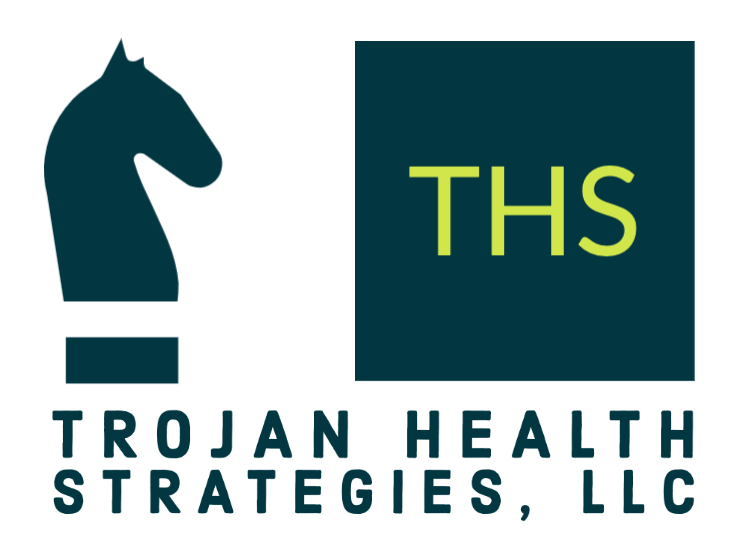New Initiative? Create a Framework.
You have been asked to lead an initiative that will result in a new program or way of working. What exactly should you produce?
Consider a framework approach. A framework’s purpose is to provide infrastructure to a program or service. I have found that it is one of those words that means different things to different people. It's one of those nebulous examples of business jargon that communicates nothing and everything at the same time. Some assume that it is a simple as this:
Source: BCG Analysis
Example of the famous BCG 2X2 Matrix
And this is true, especially for the consultant set–it is a structure that helps to organize a snapshot of information in a way to reveal insights and understanding. For more complex processes or programs, a simple diagram maybe insufficient. More detail is required!
When my clients have been tasked with putting together a framework, I find that it helps to suggest that they include in the deliverable a few key work products that sufficiently describe the new program. This may or may not be a single deck. Essentially, you need to be able to answer the basic questions of who, what, when, where, why and how. Yes, I know this seems overly simplistic, but starting there helps to ensure that you are effectively communicating the right details.
Here are some components to make sure you include the next time you are asked to build up a framework for a new initiative.
Summary of purpose, goals and strategy
This part of the document summarizes the background and the improvement that will result from the new program or service. The purpose explains why your organization needs the program you are building. Establishing and summarizing the goals that align to the initiative is appropriate to include here as well.
Roles and responsibilities
Although it is critical to outline the key roles and responsibilities required for a successful project, it is also important to ensure that everyone understands their specific role and what is expected of them. Making sure that everyone is on the same page from the beginning will help avoid misunderstandings and ensure that the project runs smoothly.
Processes
This is the place for your flow charts and visual explanations. Your audience will appreciate the clear and concise information you provide.
Available vendors
Including a list of vetted vendors and how to use them helps to ensure that the framework can be implemented with fidelity across your organization or team.
Key tools
If in designing the approach you have developed tools to help accelerate the impact of the program, it would be important to include an explanation, example and tips for use here.
Metrics
Explaining how success is measured, particularly if it is aligned to key goals, is another way the implementer can confirm that they are on track to achieve program objectives.
A framework is an essential part of any new initiative. By taking the time to build out a clear and concise description of that initiative, you can ensure that everyone involved understands the goals, objectives and strategy for the program. This will help to avoid confusion and wasted effort down the road. When putting together your next framework, be sure to include the following components: summary of purpose, goals and strategy; roles and responsibilities; processes; available vendors; key tools; and metrics. Use this as a checklist to make sure your bases are covered and your next program will be a success!


